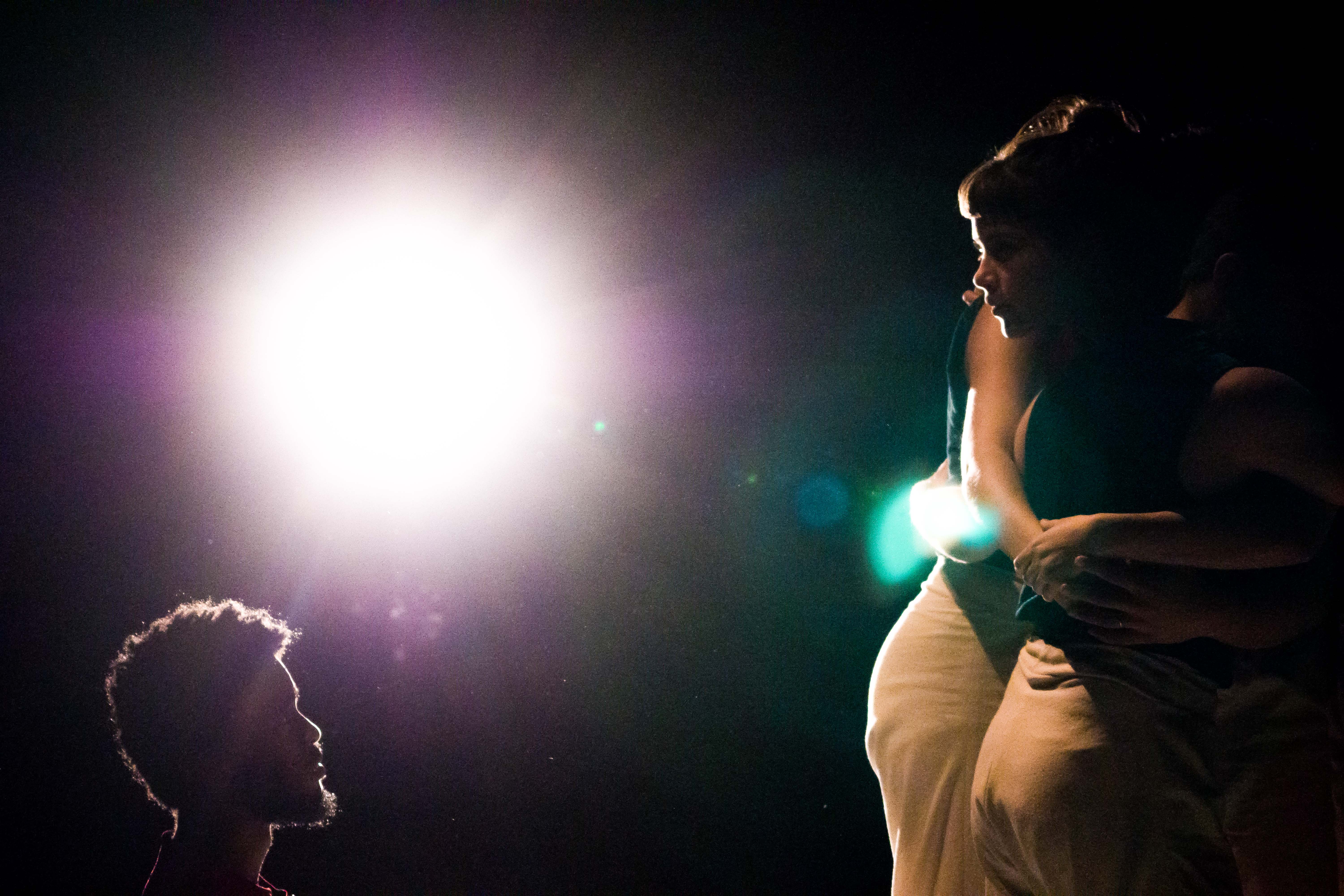
Jonas Powell, Photo Editor
The floor of the ’92 had been turned into a space-age office landscape. White tile lined the floor, mirroring the tarp on the ceiling. Workers sat listlessly typing, dead-eyed and vacant. And so began “Frank,” a play inspired by the 19th-century gothic horror, “Frankenstein.”
Where does the connection between Mary Shelley’s infamous tale and a fluorescent-lit office lie, you may ask? Workaholism as a cautionary tale.
“Frank,” directed by Ruby Lanet ’18 and Rose Beth Johnson-Brown ’18, tells the story of workaholic college student Victor Frankenstein (Frank, for short) and his quest to create new life. As the monster gains self-awareness and learns the customs (and cruelty) of human life, he grows vengeful towards his creator and slowly destroys everyone Frank cares about one by one.
The cast of “Frank” is a mere eight-person ensemble, with Jumoke McDuffie-Thurmond ’19 playing the title role. As the monster Frank has created causes the student’s own life to gradually crumble around him, leaving Frank increasingly isolated, it grows physically. The decision to make the monster multiple actors rather than just one role is clever and true to the spirit of the monster as a conglomeration. Cheyanne Williams ’17 and Nate Gardner ’17 begin the monster chain, with other cast members Jejomar Erln Ysit ’19, Emma Pasarow ’18, Claire Marshall ’17, and Gracie Garcia ’19 joining in by the end.
The only other character is the narrator, played by Regina Melady ’18, who lays out the scene and occasionally flips from the isolated scenes of Frank’s anguish to the tired office workers in the opening sequence.
The beauty of “Frank” is its ability to take a dense gothic text like “Frankenstein” and make it fresh and accessible without straying into dramatized Hollywood territory. Besides the monster’s green vest, a subtle nod to the iconic Halloween depiction, the play is entirely drawn from the novel. Although the take is modern, the actors use direct lines from the novel, livening Shelley’s notoriously dense prose.
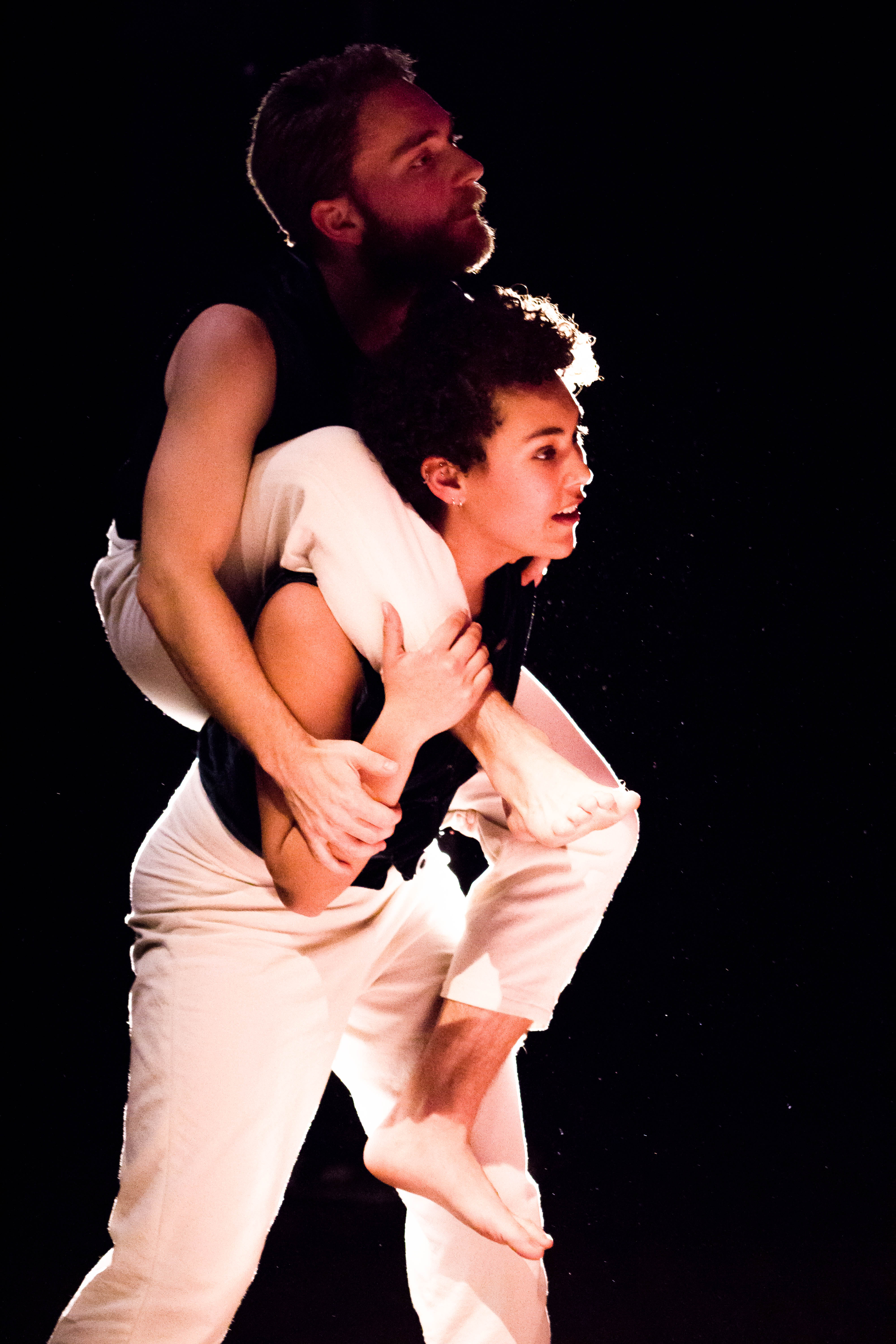
Jonas Powell, Photo Editor
The narrator’s interludes also create light comedic relief without trivializing an otherwise dark story. At one point, she pauses the climax for a brief break in a cafe in a miscellaneous trendy neighborhood, where the worker drones reappear, this time with a more pesky whipper-snapper spin. Between jokes about Starbucks and screenplays, the dull look in the writers’ eyes appears hauntingly similar to Frank’s studiousness-turned-madness.
Aside from the stark floor and ceiling, the set consists of just a few benches. The minimalism lets the action speak for itself, and the lighting effects add considerable drama. When the monster comes to life, spotlights flood the stage, nearly blinding the audience. Spotlights of green add color to the white backdrop and harken back to Frankenstein’s signature skin tone. Overall, the effects are deliberate and well chosen in a set design that thrives on its simplicity.
The team that created “Frank” worked on a winter-intensive schedule, which provided its own challenges in the making of the play. Rehearsal schedules are demanding no matter what, and Stage Manager Natalie May ’18 found working over the winter to be the biggest obstacle.
“As a manager of people, it’s critical that I’m working with schedules that accommodate the volatile process of creation,” said May. “We worked in the ’92 for almost seven hours a day, seven days a week, and finding a way to stay immersed in that work while still keeping everyone healthy and sane enough to keep exploring and sharpening has been one of the trickiest and most rewarding parts.”
Costume designer Hope Fourie ’19 felt especially challenged by designing a costume that fit the premise of “Frank” and its wide range of tone and timespan.
“It was interesting to find the middle ground between a dystopian future and a Gregorian past while still allowing room for the movement-based staging,” said Fourie.
Because much of the fight choreography and lumber-like movements of the monster require a freedom of motion, Fourie opted for jewel-toned vests, more in line with the play’s gothic origins, and loose-fitting white pants for mobility and a futuristic tinge.
“Frank” makes the interesting decision to skip over the resolution entirely. Rather than give the audience the satisfaction of watching the monster and scientist tear each other apart, the narrator cuts off, and we’re once again brought back to the hauntingly mundane office scene. The buzz of phones and clicking keyboards fills the space as the stage goes black. All work and no play makes Frank a very dull boy.
- Jonas Powell, Photo Editor
- Jonas Powell, Photo Editor
- Jonas Powell, Photo Editor
- Jonas Powell, Photo Editor
- Jonas Powell, Photo Editor
- Jonas Powell, Photo Editor
- Jonas Powell, Photo Editor
- Jonas Powell, Photo Editor
- Jonas Powell, Photo Editor
- Jonas Powell, Photo Editor
- Jonas Powell, Photo Editor

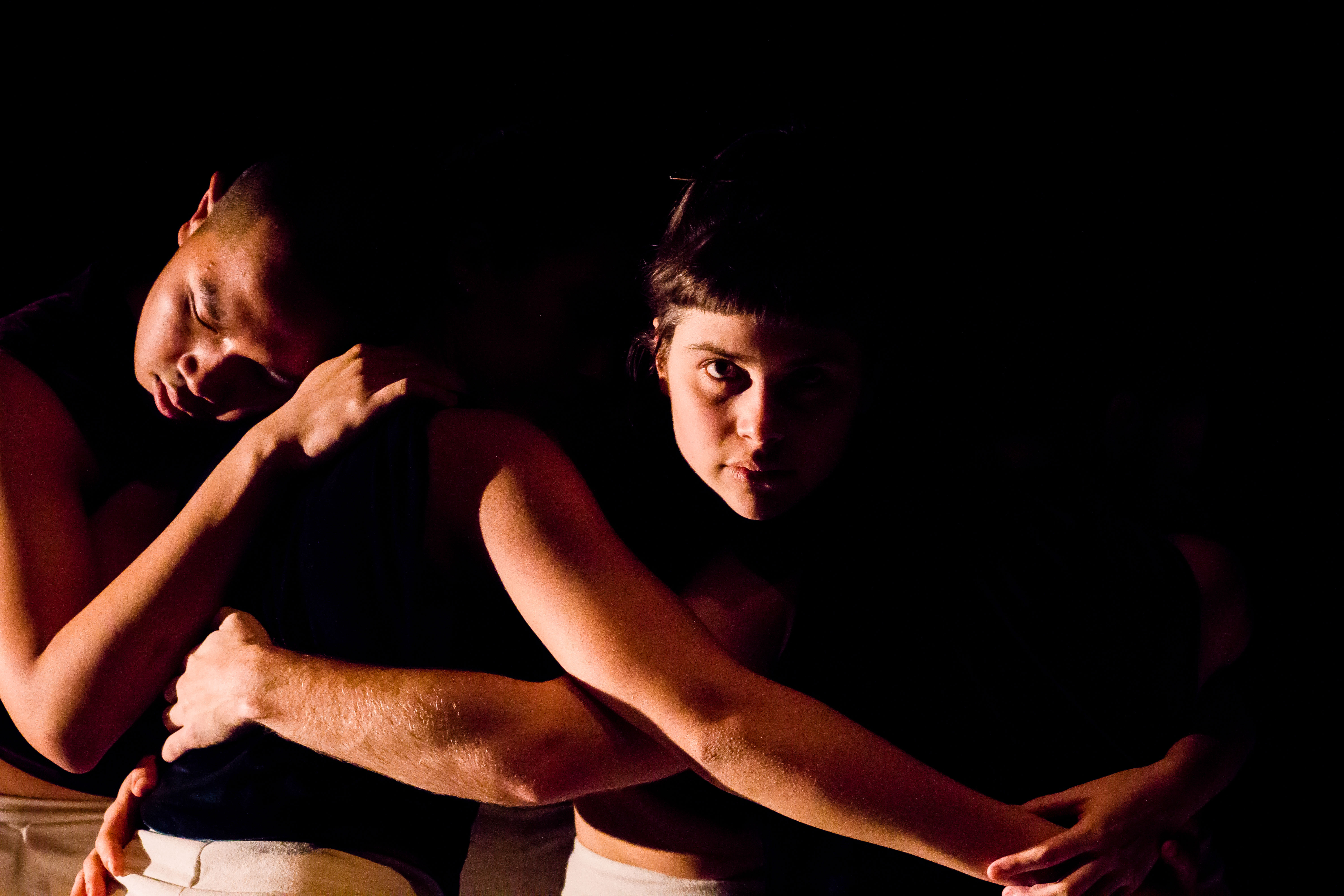
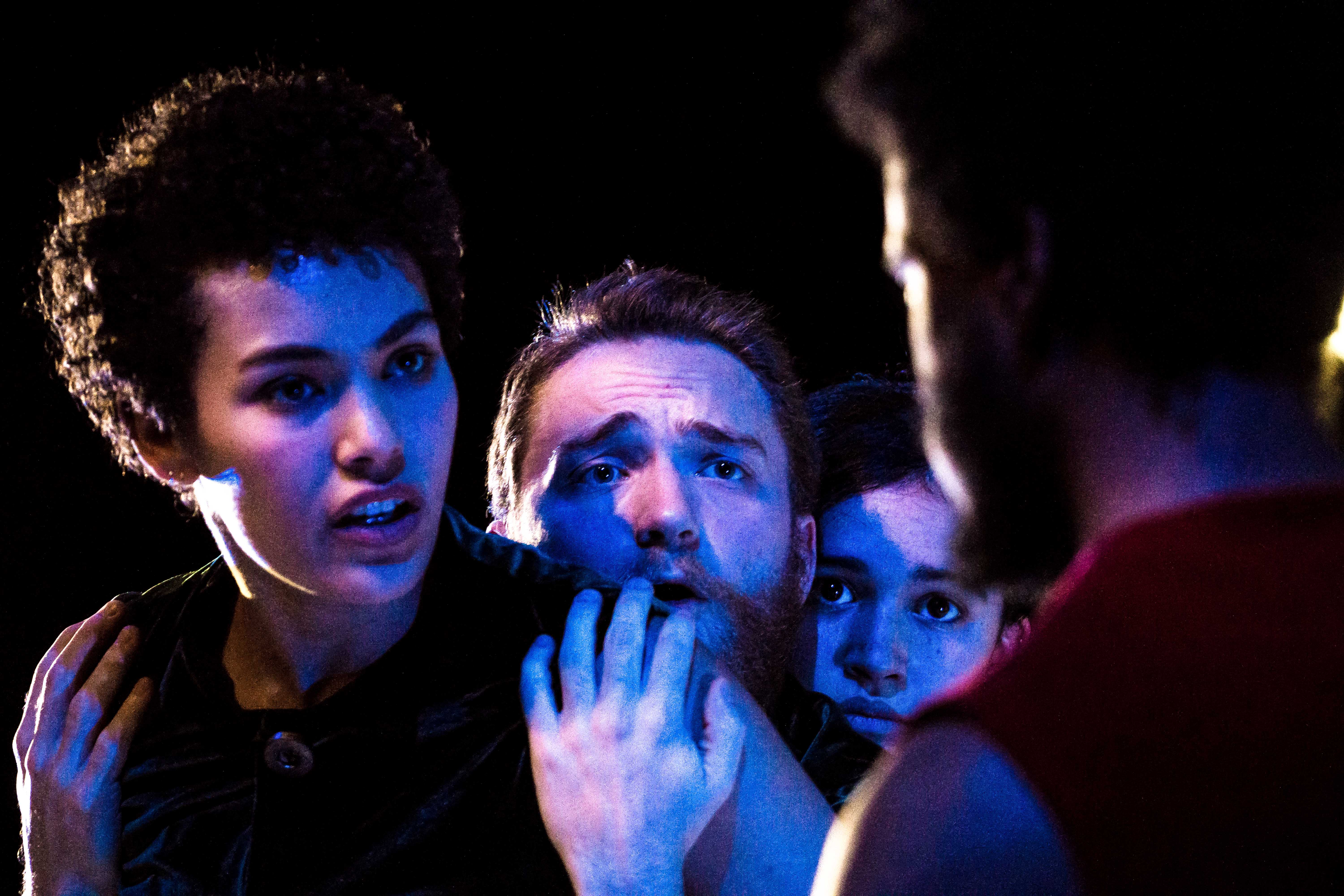
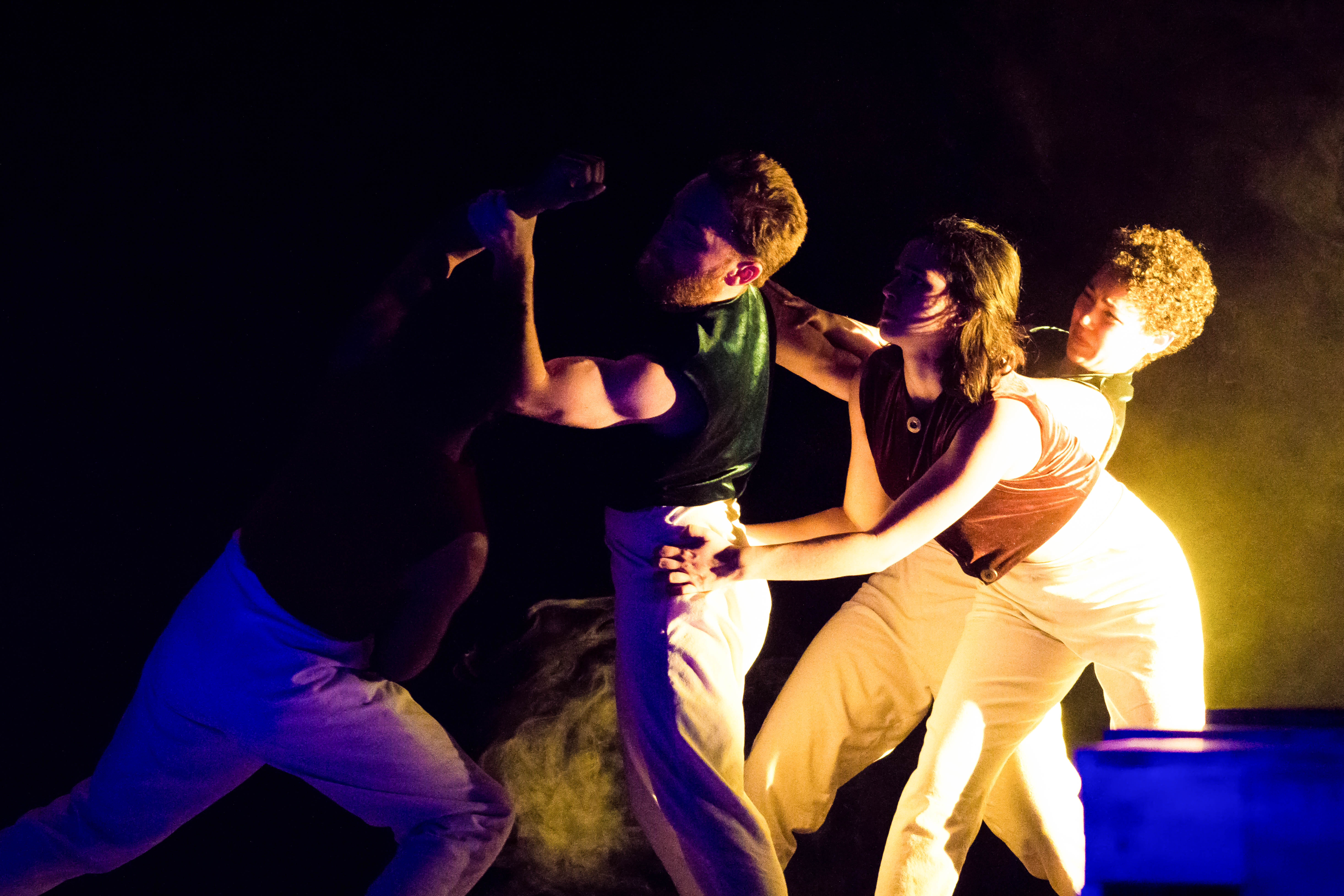

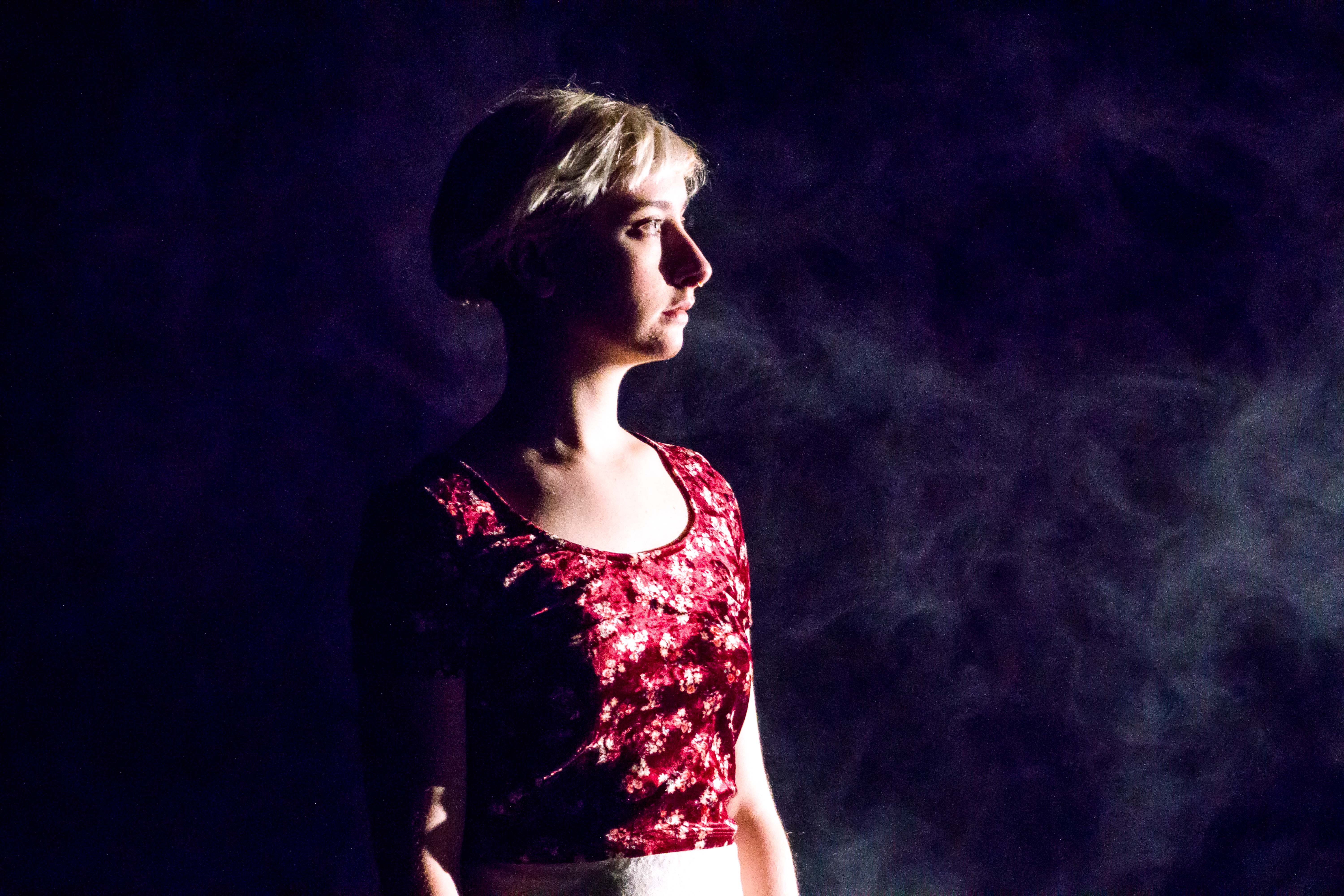
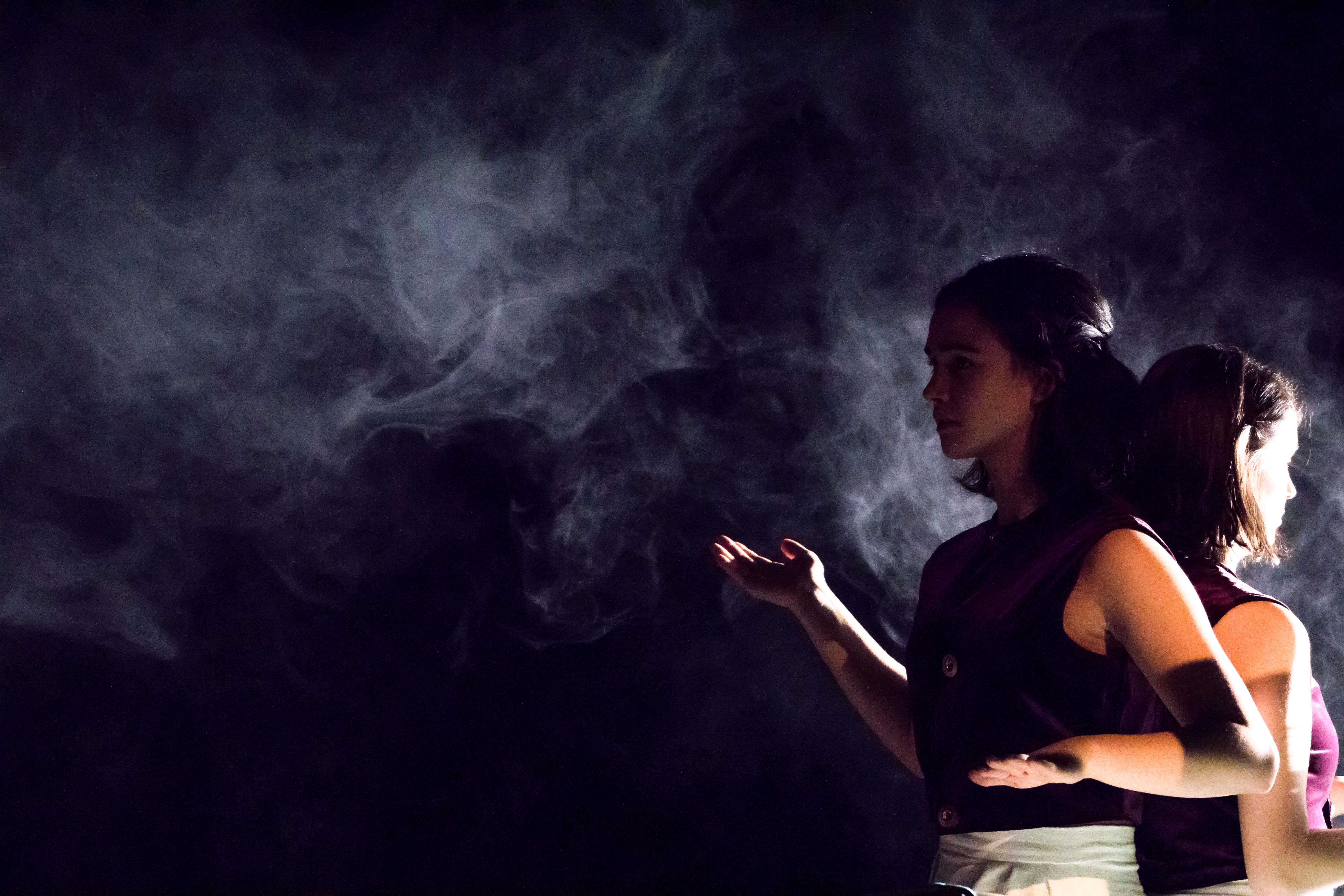
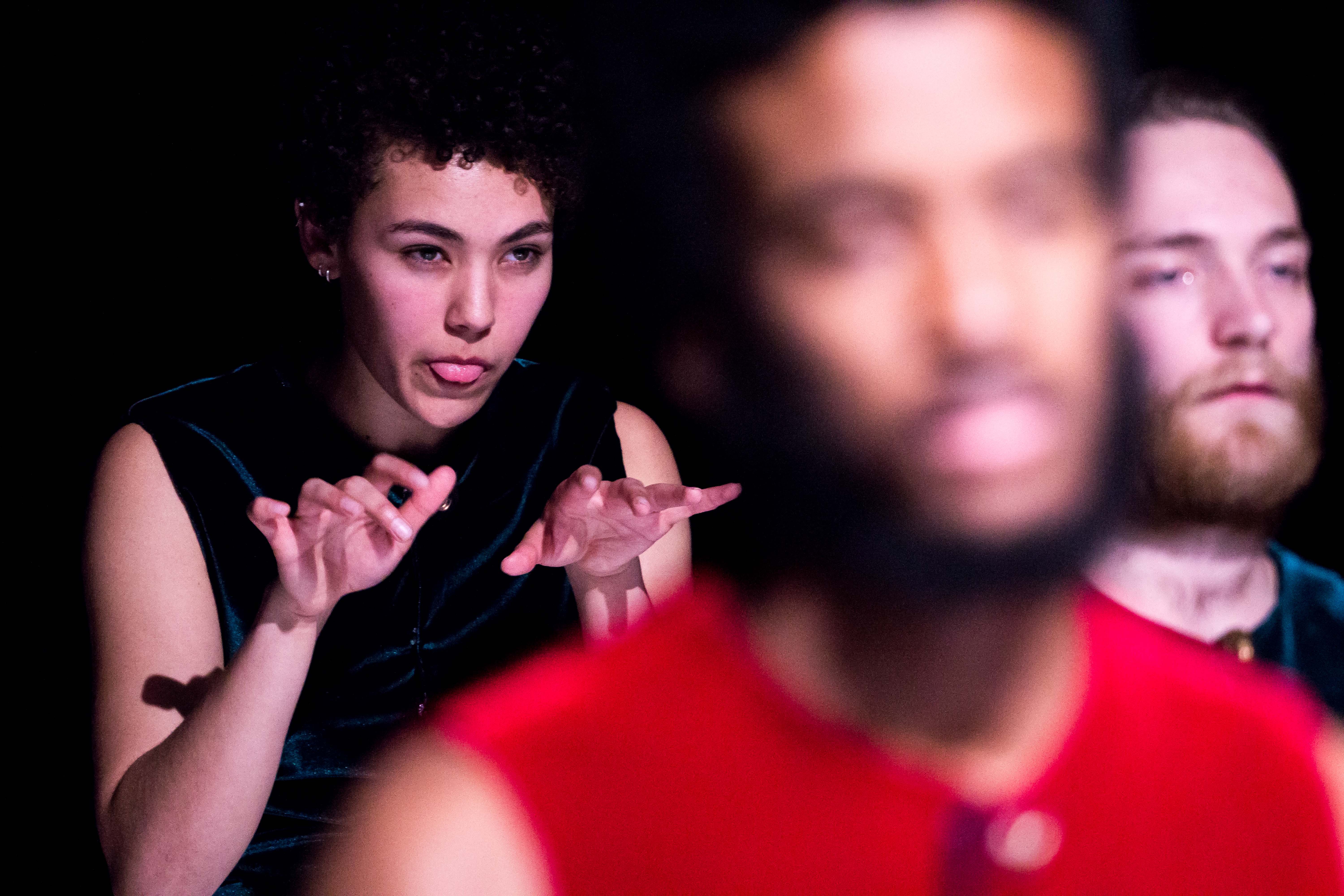
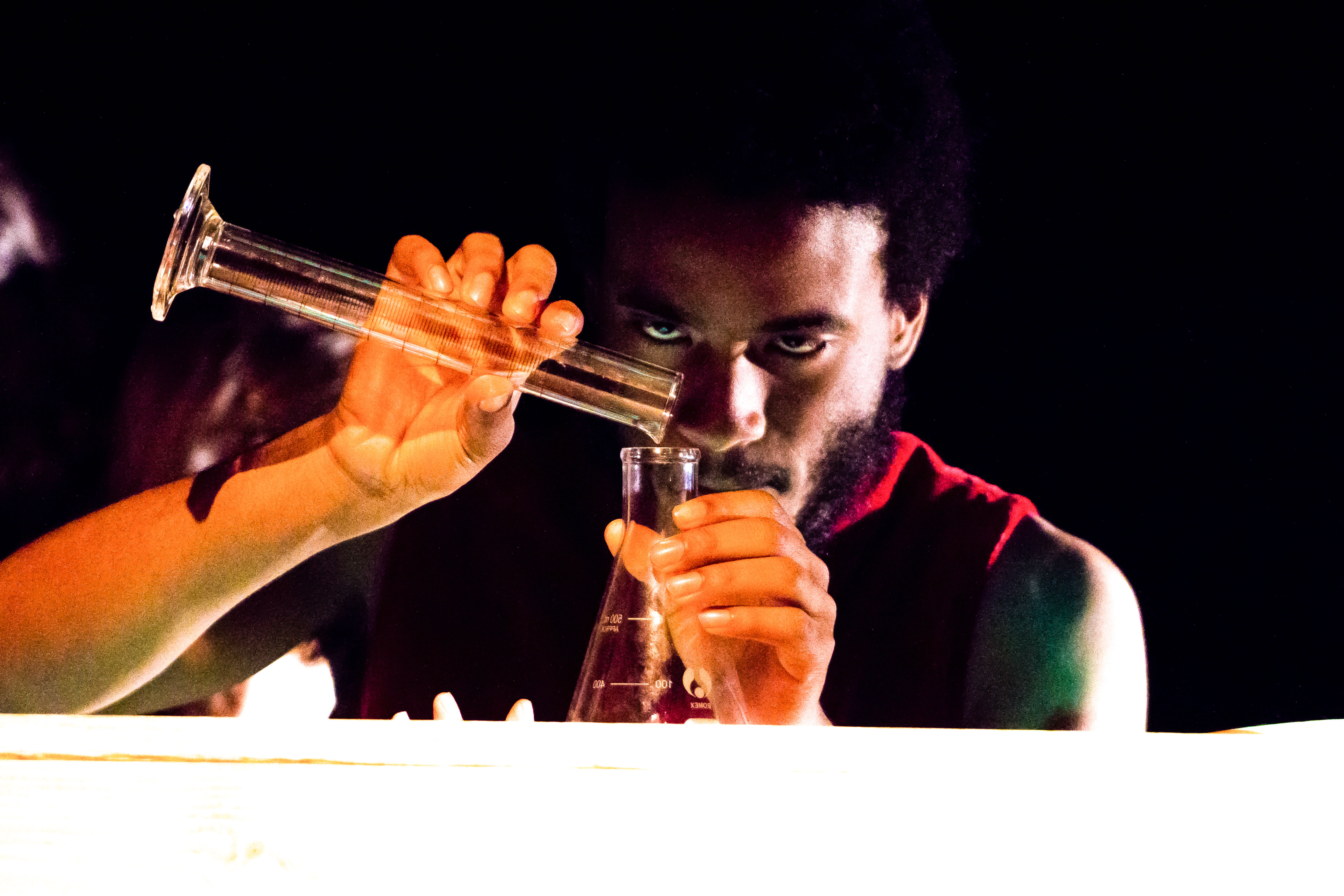
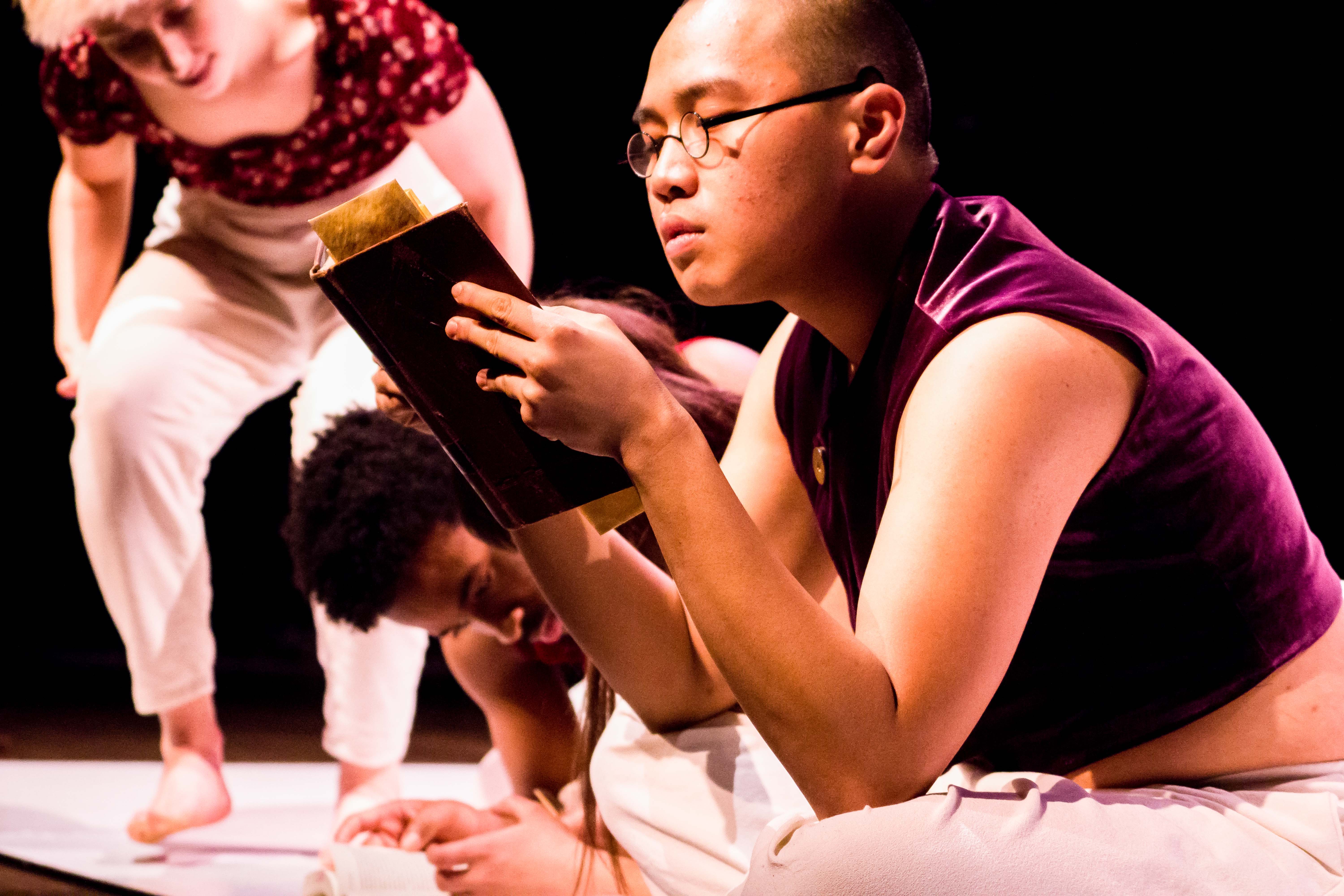
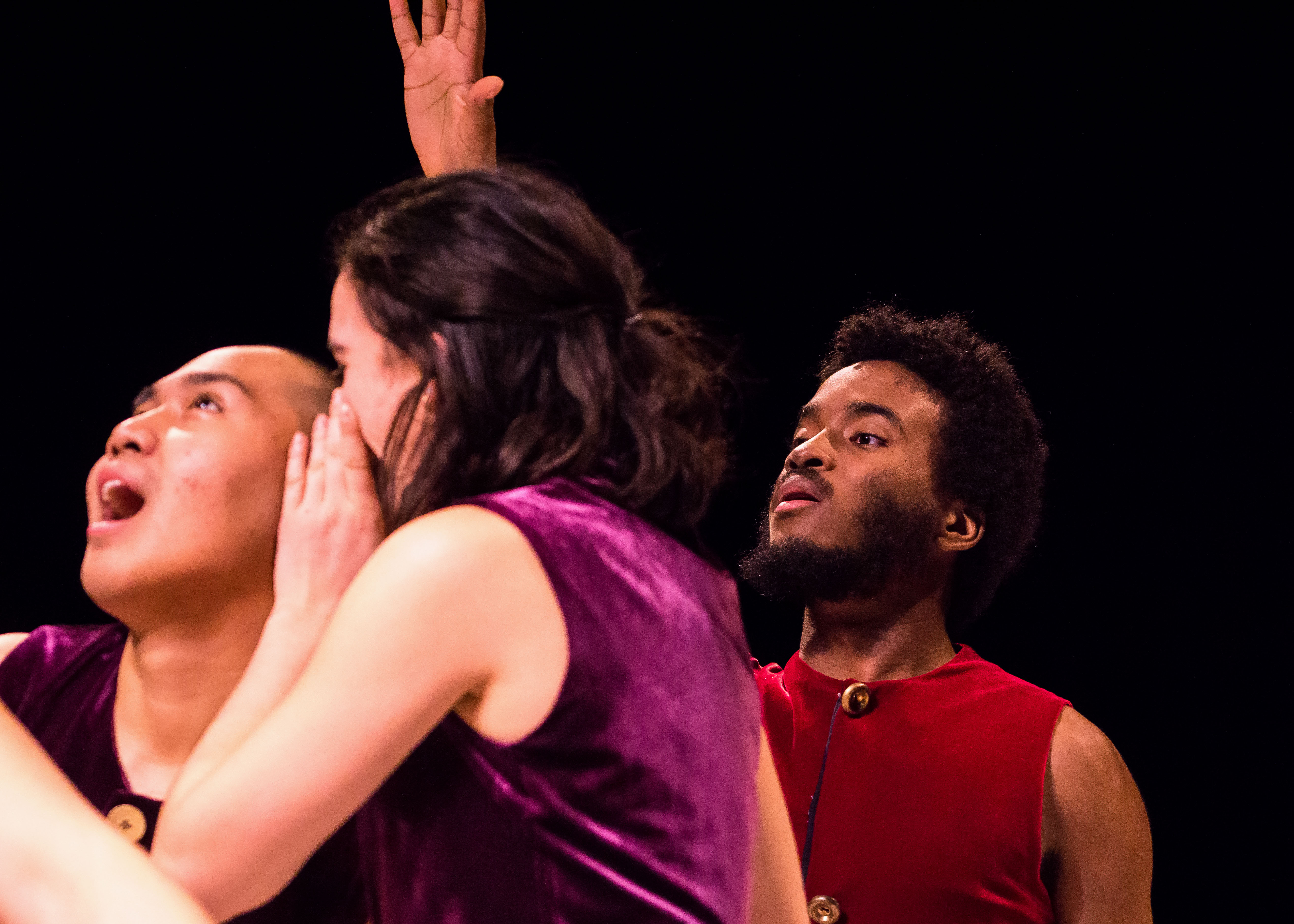
Comments are closed